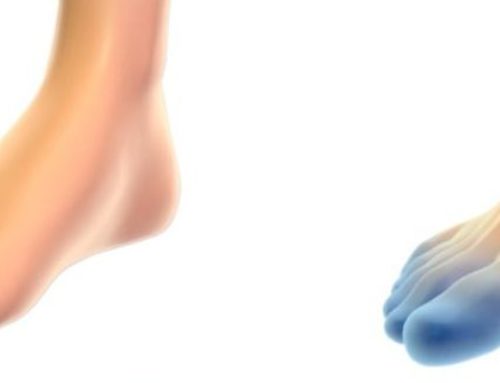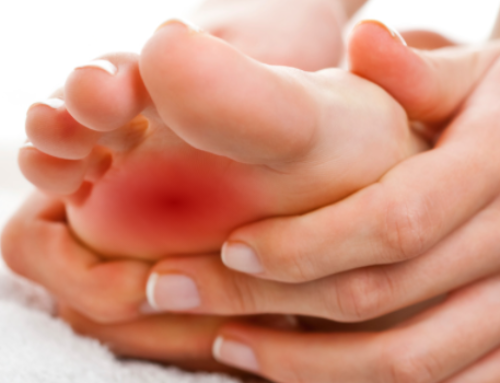
Known also as “pes planus” and “fallen arches”, flat feet is a medical condition that refers to a person that has a limited or non-existent foot arch. Approximately 20% of adults have flat feet.
In years past, flat feet were a disqualification for military service; however that is no longer the case, because asymptomatic flat footed people can tolerate stress, as well as people that have an arched foot.
CAUSES
Flat feet are common and normal in babies, as the arch of the foot has not completely developed. In some people, an arch never develops, and this can be considered to be a normal human variant. Flat feet may or may not cause painful issues.
Tarsal coalition is a painful flat foot, and it is when at least two bones in the foot are fused together, which limits movement.
Some elderly individuals may experience “fallen arches”, as a result of years of wear and tear, lack of exercise and/or limited or improper stretching.
Other causes leading to flat feet may be related to obesity, pregnancy, rheumatoid arthritis, nerve issues, broken bones or a foot injury.
SYMPTOMS
Many individuals may never experience negative symptoms of flat feet, but in some cases there is pain (especially in the arch or heel area).
Tired feet, limited movement and leg pain could be a symptom of your flat feet.
Swelling around the ankle or the bottom of the feet may also be a symptom.
In some cases, flat feet can cause other symptoms, such as shin splits, bunions, calluses, Achilles tendinitis and stress fractures in the lower portion of your leg,
If you notice any of these negative symptoms, it is time to call Doctor Lefkowitz at 215-230-9707, to schedule an appointment.
TREATMENT
“Flexible” flat feet are asymptomatic, and not a cause for concern or treatment. If flat feet don’t cause pain or a disruption in lifestyle, treatment is rarely necessary.
“Rigid” flat feet, on the other hand, can signify a problem with the bones that will cause great pain in some individuals. Orthoses are usually recommended, but if that doesn’t provide relief, then surgery may be recommended.
Having flat feet may cause back pain, leg and knee pain, and these need to be treated appropriately. Physical therapy and/or arch supports may be recommended.
In some cases, treatment may be resting and icing the feet, pain medications, physical therapy, and/or corticosteroid shots.
In some severe cases of flat feet that cause pain, surgery may be the only option. Fusing of the bones, removal of the spurs or cutting the bones may also be a necessary surgical procedure.
There is an easy, at home test to see if you have flat feet, and that is to wet the bottom of your feet, and then stand on thick cardboard, heavy paper or smooth concrete. The more of the sole you see on the footprint, the flatter your foot. Most individuals have a noticeable space at their foot, but the arch varies from person to person.



